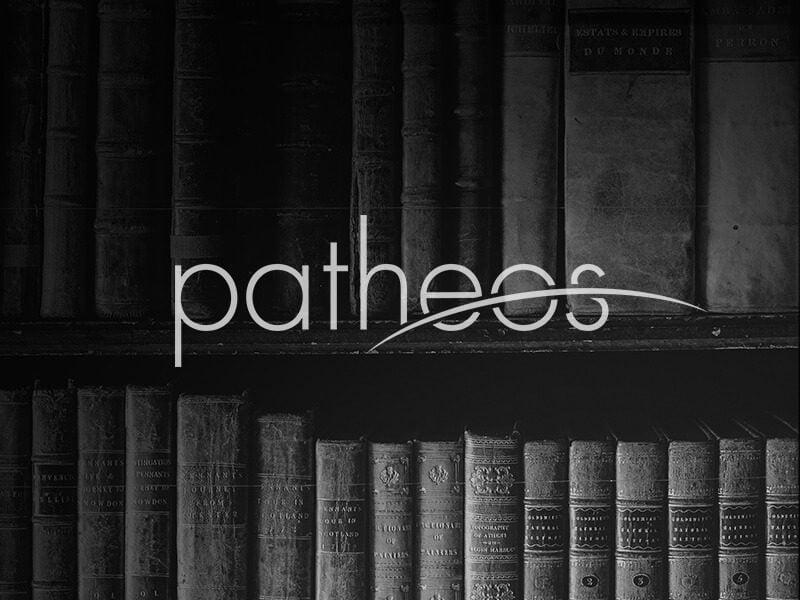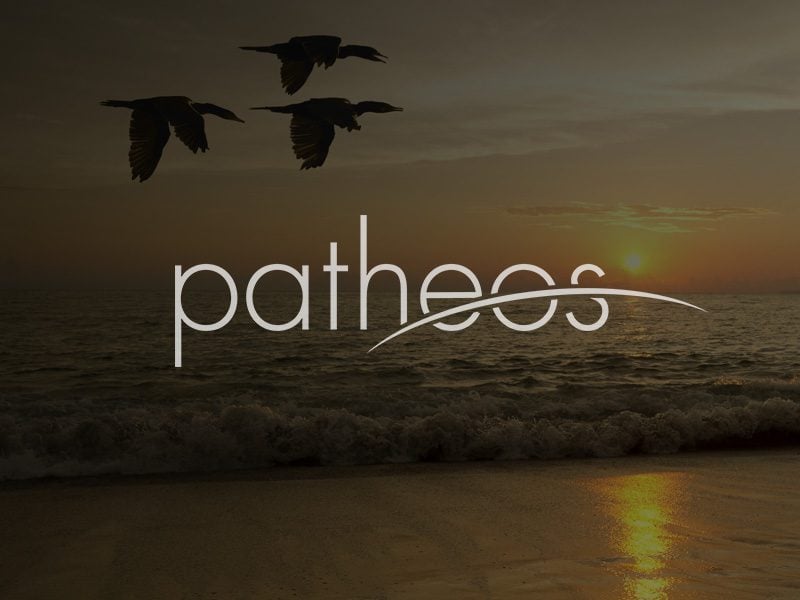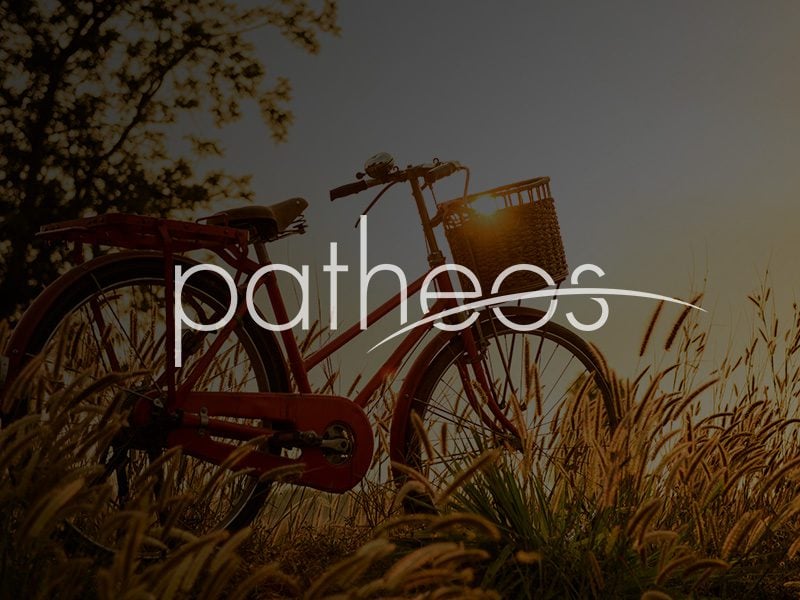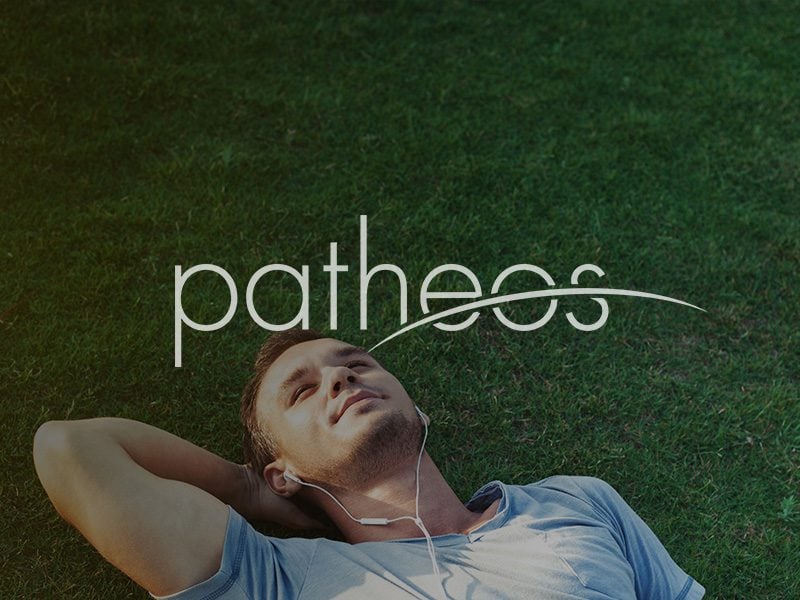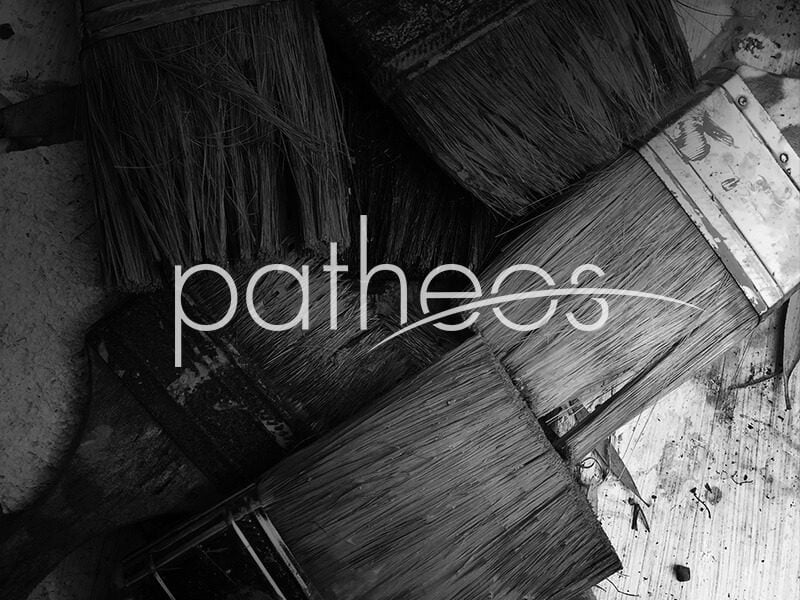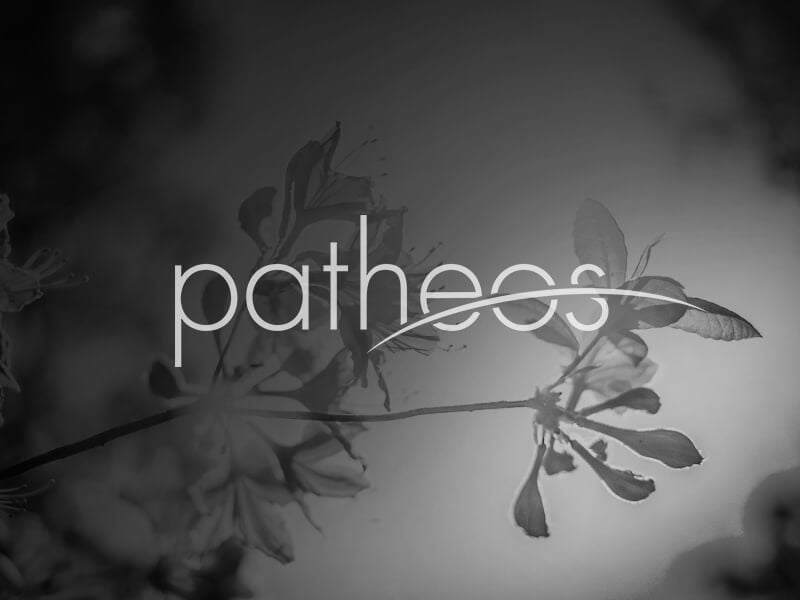Ong still: To see, things must be in front of us. And we can only see the surfaces that are turned to us. Sight is sequential, giving us one thing after another. It is “nonsimultaneous”: “The actuality around me accessible to sight, although it is also simultaneously on hand, can be caught by vision only in a succession of ‘fixes.’” Sounds can call me from behind, can call me to turn ( metanoia ). All the sounds that are around,... Read more

